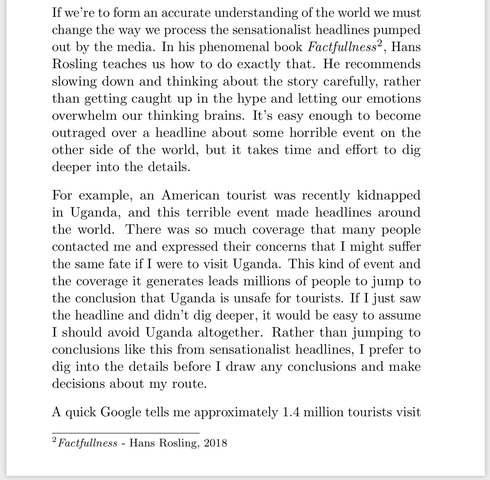

A complete reference (inclusive of all bibliographical data) is then published in the footer section of the text. When using the notation system to reference, the author has to place a number (in superscript) within the confines of their text. “Red Sea,” .Footnote Citation Where in academic writing do you need it? "Red Sea." In The New Catholic Encyclopedia, 2nd ed., vol. Include a publication date or last updated date if available otherwise, include an access date. "Ephesus." In The New Catholic Encyclopedia, edited by William J. Publisher information does not need to be included in the footnote.Ĭamelot, P. (If you are citing more than one title, use the plural form, s.vv.). (Latin for “ sub verbo) before the title of the entry that you are citing. (Berkeley: University of California Press, 2012), 10.įor reference books that provide content in alphabetical order, in the footnote, use s.v. Oliver Sacks, foreword to A Man Without Words, by Susan Schaller, 2nd ed. Berkeley: University of California Press, 2012.ġ. Foreword to A Man without Words, by Susan Schaller, 9-12. 2nd ed. If the writer of the piece is different from the author of the complete work, then start the citation with the author of the introduction or foreword, and write the full name of the principal work's author after the title of the work. Paul Shepard, introduction to Nature and Madness (Athens: University of Georgia Press, 1998), 35. Introduction to Nature and Madness, 24-41. Athens: University of Georgia Press, 1998.ġ. Finish the citation with the details of publication. Then give the name of the part being cited, which should not be italicized or enclosed in quotation marks in italics, provide the name of the work and the page range. When citing an introduction, a preface, a foreword, or an afterword, write the name of the author(s) of the piece you are citing. In the footnote, list only the first author's name followed by et al.

Julie Evans et al., Equal Subjects, Unequal Rights: Indigenous Peoples in British Settler Societies (Manchester: Manchester University Press, 2003), 52.įor sources with more than ten authors, list the first seven authors in the bibliography, followed by et al.

Indigenous Peoples in British Settler Societies. Manchester: Manchester University Press, 2003.ġ. (Latin for “and others”)Įvans, Julie, Patricia Grimshaw, David Philips, and Shurlee Swain. Jacobson and Robert Kysar, A Beginner's Guide to the Books of the Bible (Minneapolis: Augsburg, 1991), 151.įor sources with four to ten authors, list all authors in the bibliography in the footnote, list only the first author’s name followed by the phrase et al. A Beginner's Guide to the Books of the Bible. David William Kling, The Bible in History: How the Texts Have Shaped the Times (New York: Oxford University Press, 2004), 301. New York: Oxford University Press, 2004.ġ. The Bible in History: How the Texts Have Shaped the Times.


 0 kommentar(er)
0 kommentar(er)
